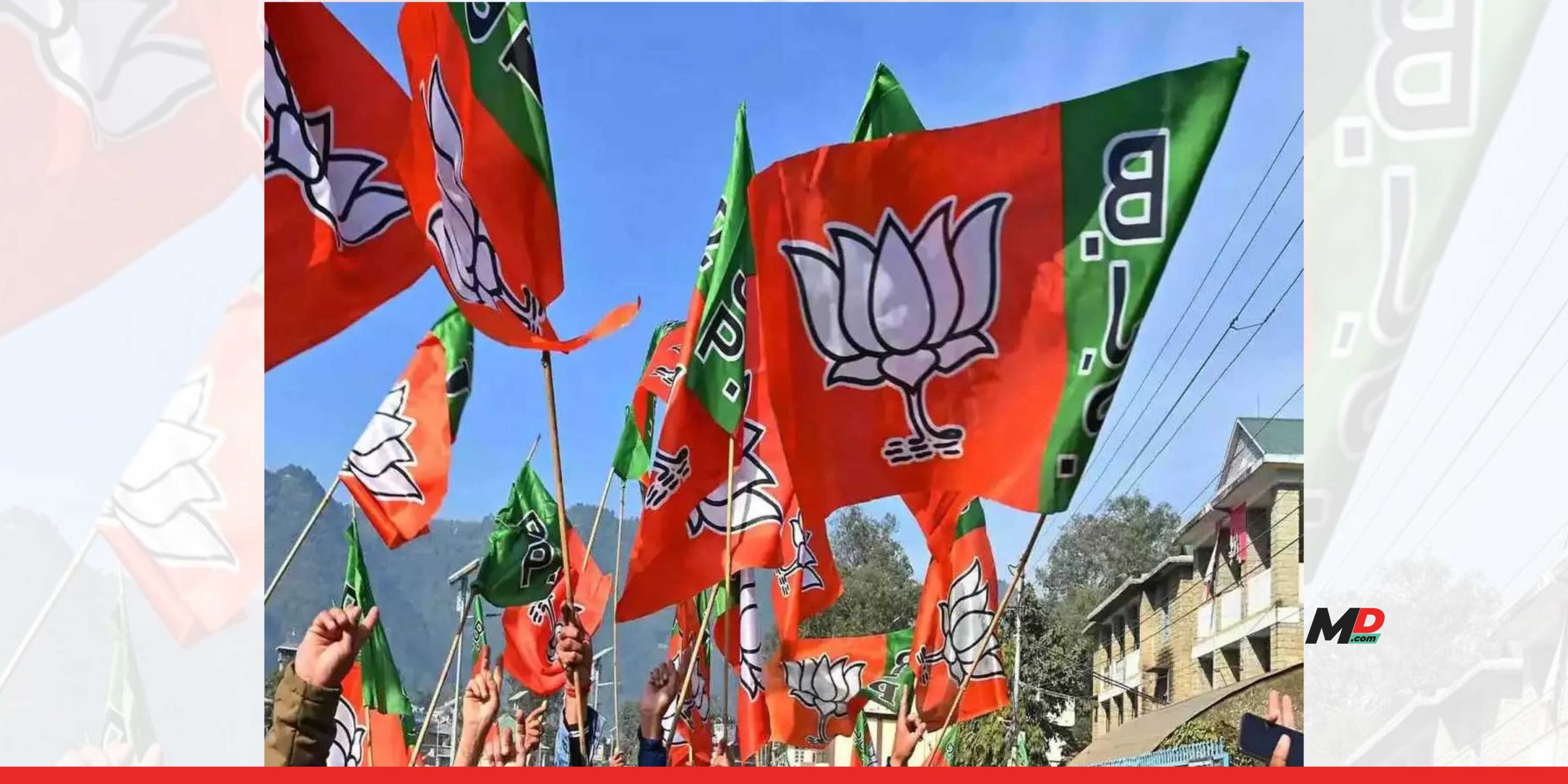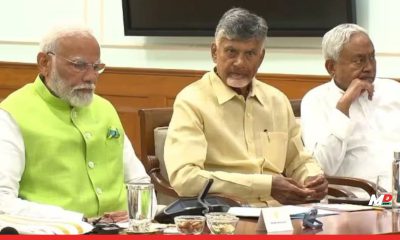Published
2 months agoon

As India’s political landscape braced for the highly anticipated 2024 general elections, all eyes were on the northern state of Uttar Pradesh (UP) – the crown jewel in the Bharatiya Janata Party’s (BJP) electoral stronghold, and a state often considered a bellwether for the state of Indian politics. After dominating the state in the previous two national polls, the ruling party was confident of repeating its resounding success. However, the results that unfolded told a vastly different story.

As the BJP’s campaign unfolded across the state, a palpable undercurrent of discontent began to emerge among the voters, much against the projections of multiple exit polls. The party’s traditional supporters, including those who had hailed its previous victories, expressed growing frustration over the persistent issues of high unemployment and soaring inflation. These economic woes had evidently taken a toll on the public’s confidence in the ruling party’s ability to deliver on its promises.
Compounding the BJP’s troubles was the strategic move by the opposition INDIA alliance to tap into the fears of historically disadvantaged communities, such as the Dalits and Muslims. The alliance skillfully capitalized on the BJP’s own campaign rhetoric, which had seemingly threatened the constitutional rights of these marginalized groups. This narrative resonated strongly with the voters, leading to a significant shift in their allegiance away from the ruling party.
The BJP’s controversial rhetoric targeting the Muslim community during the campaign, including labeling them as “infiltrators,” had a galvanizing effect. The Muslim voters, who comprise nearly 20% of UP’s population, overwhelmingly rallied behind the INDIA alliance, determined to thwart the ruling party’s perceived attempts to marginalize their community.
The BJP’s woes were not limited to the state’s broader political landscape. Even in the party’s strongholds, cracks began to emerge. In Ayodhya, the very site where the BJP had once led the charge to demolish the Babri Mosque and where the ruling party consecrated the Ram Mandir with much pomp earlier this year, the party found itself on the losing end. And in Varanasi, Prime Minister Narendra Modi’s own parliamentary constituency, the BJP’s margin of victory was dramatically reduced, from 480,000 votes in 2019 to 152,000 this time.
The BJP had pinned its hopes on the high-profile inauguration of the grand Ram Temple in Ayodhya as a potential game-changer. However, this symbolic victory failed to resonate with the electorate as the party had anticipated. Voters, it seemed, were more concerned with the pressing issues of jobs and the economy than with the party’s ideological victories.
Amid the BJP’s struggles, the regional Samajwadi Party, a member of the Congress Party-led INDIA alliance, emerged as a formidable force. The party’s savvy campaign and its ability to forge strategic alliances with other regional players allowed it to capitalize on the anti-incumbency sentiment, securing a significant number of seats in the state.
The Bahujan Samaj Party (BSP), which had traditionally been the voice of the Dalits in Uttar Pradesh, also found itself on the defensive. Many Dalit voters, dissatisfied with the party’s perceived weakness in taking on the BJP, had defected to the opposition alliance, further eroding the BSP’s influence in the state.
The BJP’s inability to replicate its 2019 electoral sweep in Uttar Pradesh was a significant blow to the party’s national ambitions. The state’s 80 parliamentary seats had previously been the backbone of the party’s success, and its failure to maintain that stronghold raised questions about the BJP’s ability to secure a comfortable majority in the 2024 general elections.
The 2023 Uttar Pradesh election results marked a significant shift in the national political narrative. The opposition’s ability to craft a compelling counter-narrative, focusing on issues that resonated with the electorate, has proven to be a decisive factor in the BJP’s unexpected setback. This demonstrated the opposition’s resilience and its capacity to adapt to the changing political landscape.
The BJP’s surprise stumble in Uttar Pradesh serves as a cautionary tale for the ruling party. It underscores the importance of maintaining a strong connection with the electorate, addressing their pressing concerns, and focusing on real issues instead of rabble-rousing punchlines.


Paris 2024 Olympics: 5 of the most stylish uniforms on show


FM showers special love on Bihar and Andhra Pradesh in Budget 2024, as Opposition leaders cry “Kursi Bachao”


DreameIndia Appoints Manu Sharma as Managing Director to lead its India Operations and Market Expansion


Amazon eyes Swiggy Instamart to boost Quick Commerce in India


Economic Survey urges creation of 78.51 Lakh non-farm jobs annually


Explained: The significance of Savan in India

